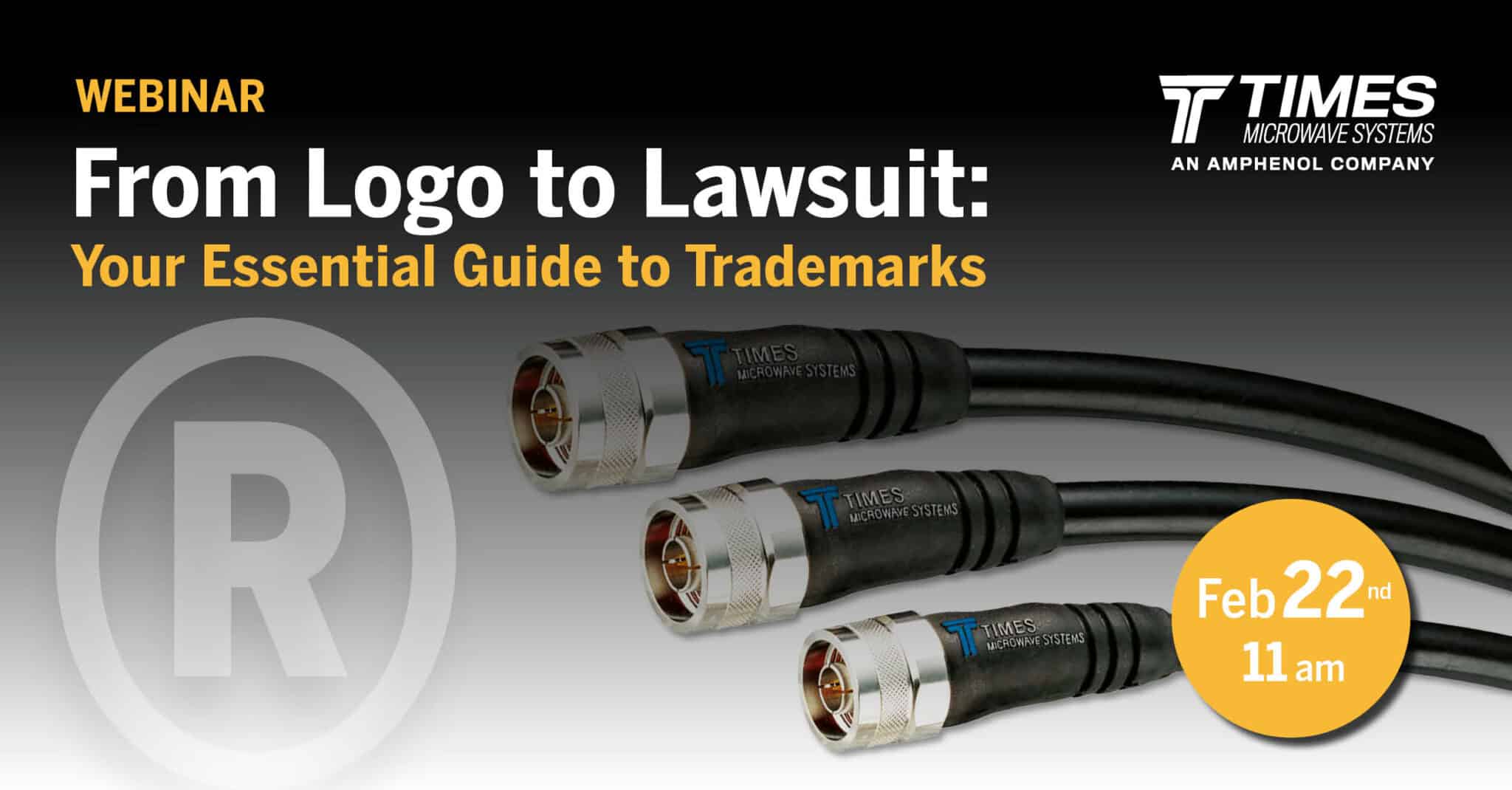Webinars
Nothing upcoming, stay posted!
Sort by:
Filter by:
Featured Webinar
From Logo to Lawsuit: The Essential Guide to Trademarks Webinar Summary
Learn the basics of how trademarks safeguard your brand, prevent legal trouble, and guarantee genuine coaxial cables.
Read More
Subscribe to our newsletter!
Interested in receiving email newsletters and other updates from Times? Subscribe now!

